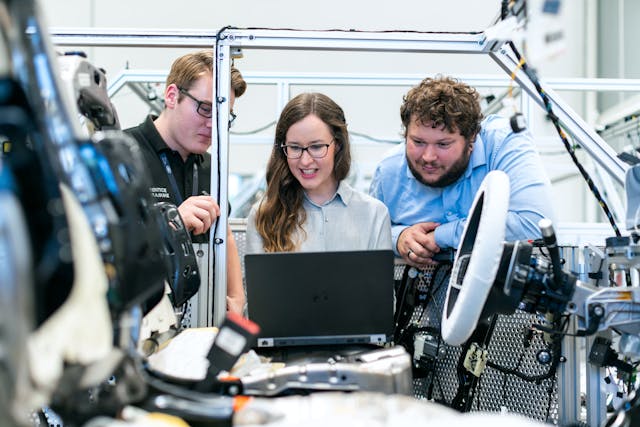Prototypes play a pivotal role in the product development process. They bridge the gap between concept and reality, offering a tangible representation of ideas.
Here is the purpose of prototypes in the product development process.
Article Breakdown
The Role of Prototypes in the Design Process
Prototypes act as a critical element in the design process, allowing you to transform abstract concepts into tangible models. This transformation is crucial because it enables designers to visualize and evaluate the feasibility of their ideas. By creating a physical or digital prototype, you can explore various design alternatives, test functionalities, and refine the aesthetics of the product. One significant advantage of using prototypes is the ability to identify design flaws early in the process. This early detection is possible because prototypes provide a hands-on experience, allowing you to interact with the product. Additionally, engaging with prototypes can highlight potential problems that might not be apparent during the initial design phase, such as ergonomic issues or usability challenges. Incorporating metal stamping services from RCO Engineering into the prototyping phase may further enhance the design process. Metal stamping offers precision and durability, which are essential for creating prototypes that closely resemble the final product.
Prototypes as a Tool for User Testing
User testing is a critical stage in product development, and prototypes serve as an invaluable tool in this process. By presenting a prototype to potential users, you can gather essential feedback on the product’s usability, functionality, and overall appeal. This feedback is instrumental in making necessary adjustments to align the product more closely with user expectations and needs. The prototyping phase allows you to conduct various user tests, including usability testing, focus groups, and surveys. Each of these methods provides unique insights into how users interact with the product. Usability testing, for example, can reveal whether users find the product intuitive and easy to use, while focus groups can provide a broader understanding of user preferences and expectations.
Prototypes for Communication and Collaboration
Prototypes play a significant role in facilitating communication and collaboration among various stakeholders in the product development process. These stakeholders often include designers, engineers, marketers, and investors, each with their perspectives and expectations. A prototype serves as a common reference point, enabling all parties to visualize and discuss the product effectively. When you have a prototype on hand, it becomes easier to convey the product’s features and functionalities to team members and stakeholders. This clarity reduces the likelihood of misunderstandings and misinterpretations, which can lead to costly errors and delays. Additionally, prototypes can help in aligning the team with the project’s goals, ensuring everyone is working towards the same objectives.
Prototypes and Iterative Development
The iterative development process is a cornerstone of modern product design, and prototypes are integral to this approach. Iterative development involves creating multiple versions of a product, each one improving upon the last based on feedback and testing. Prototypes are essential in this cycle because they provide a practical basis for evaluating each iteration’s effectiveness. By utilizing prototypes in iterative development, you can implement changes incrementally, allowing for continuous improvement of the product. Each prototype serves as a learning tool, highlighting what works and what needs adjustment. This ongoing refinement ensures that the final product is as polished and functional as possible, meeting both user expectations and design specifications.
The Impact of Prototypes on Time and Cost Efficiency
Prototypes can have a significant impact on both time and cost efficiency in product development. By identifying and resolving issues early in the design process, you can avoid costly revisions and redesigns later on. This proactive approach minimizes wasted resources and accelerates the development timeline, allowing you to bring the product to market more swiftly. In terms of cost efficiency, prototypes reduce the likelihood of expensive manufacturing errors. By thoroughly testing and refining the product before full-scale production, you can ensure that the final product meets all quality standards and specifications. This attention to detail reduces the risk of recalls or product failures, which can be financially devastating.
Conclusion
Prototypes are an indispensable part of the product development process, serving multiple purposes that contribute to the success of a project. From enhancing design and user testing to facilitating communication and collaboration, prototypes provide insights and advantages.



